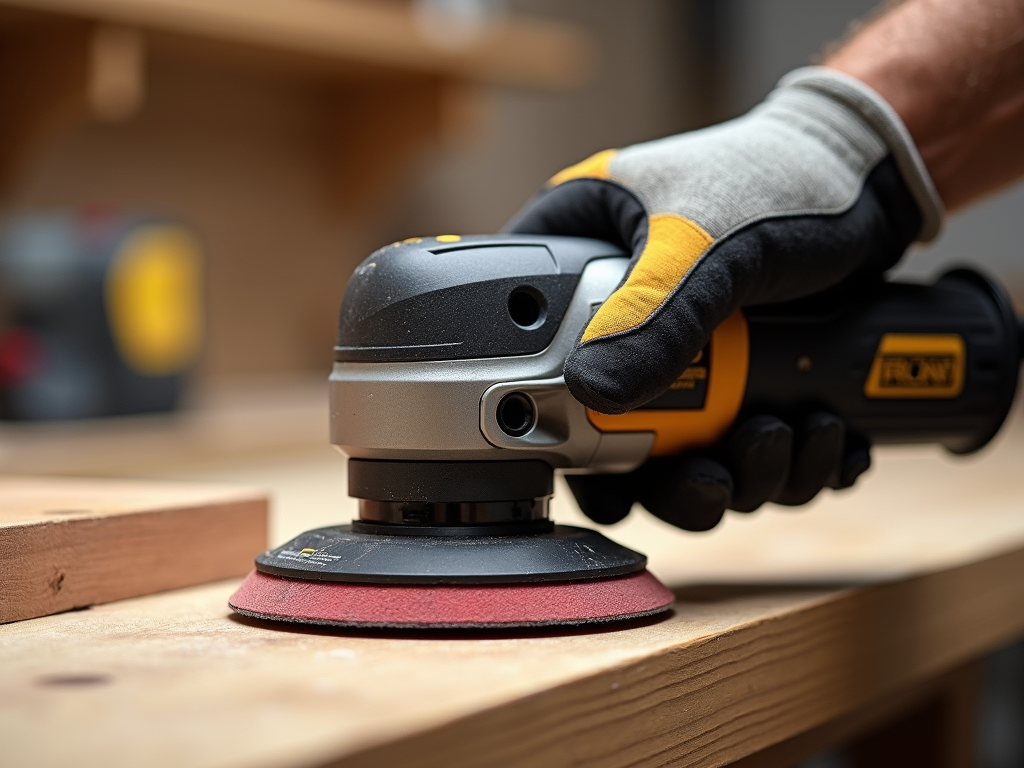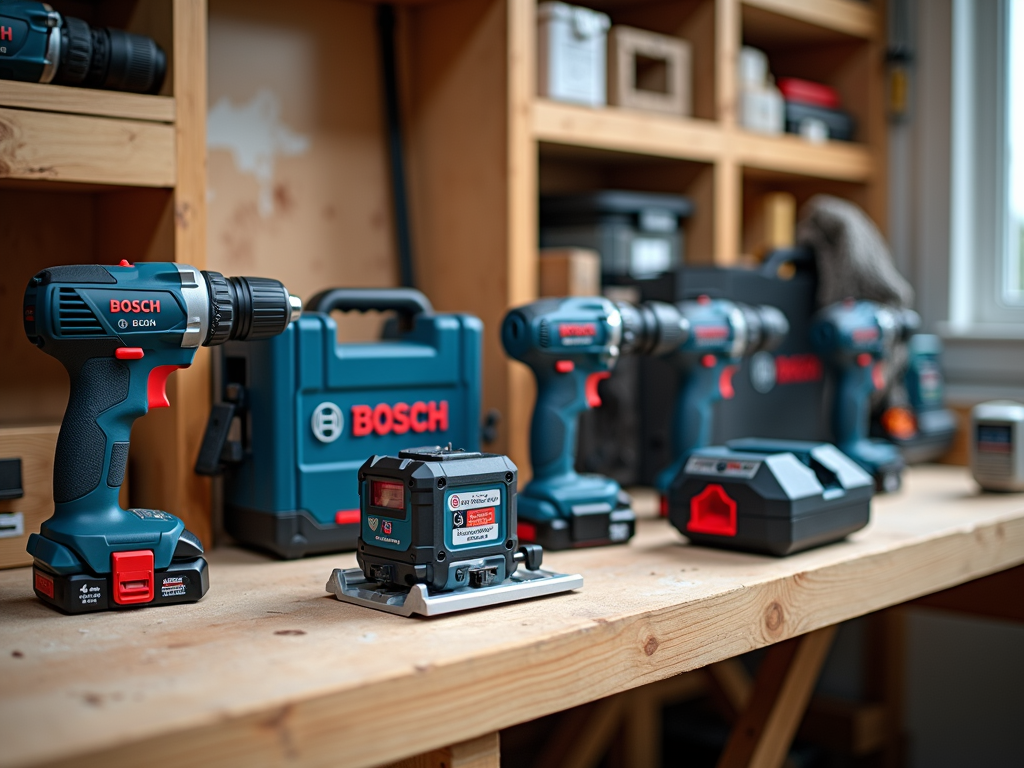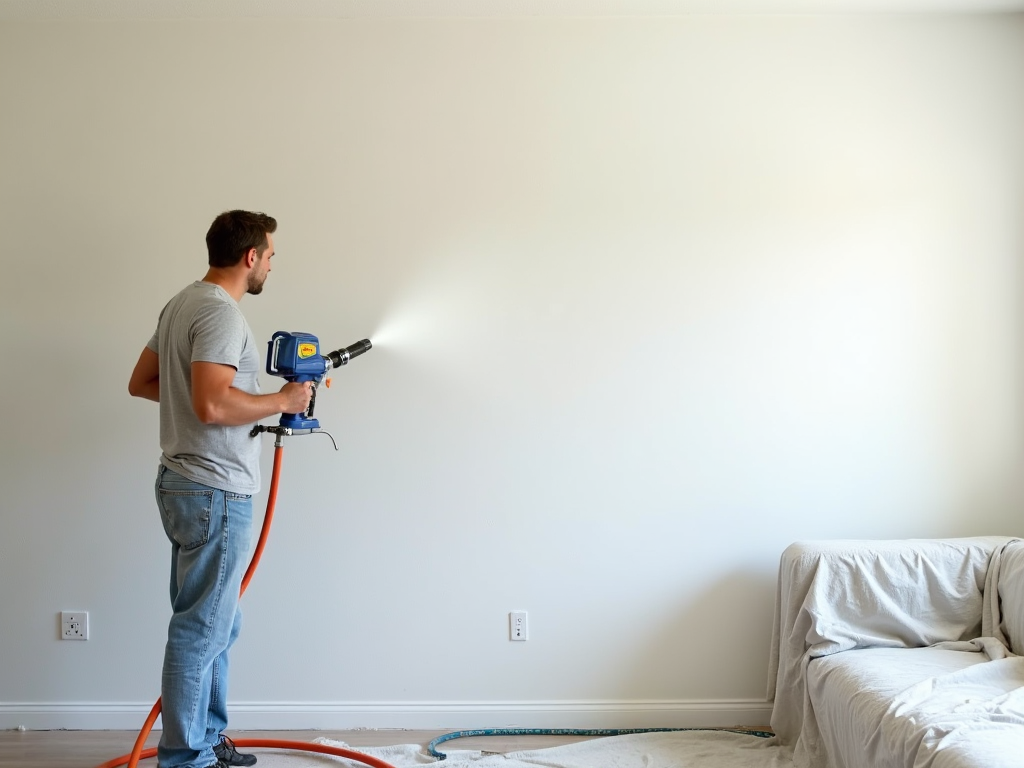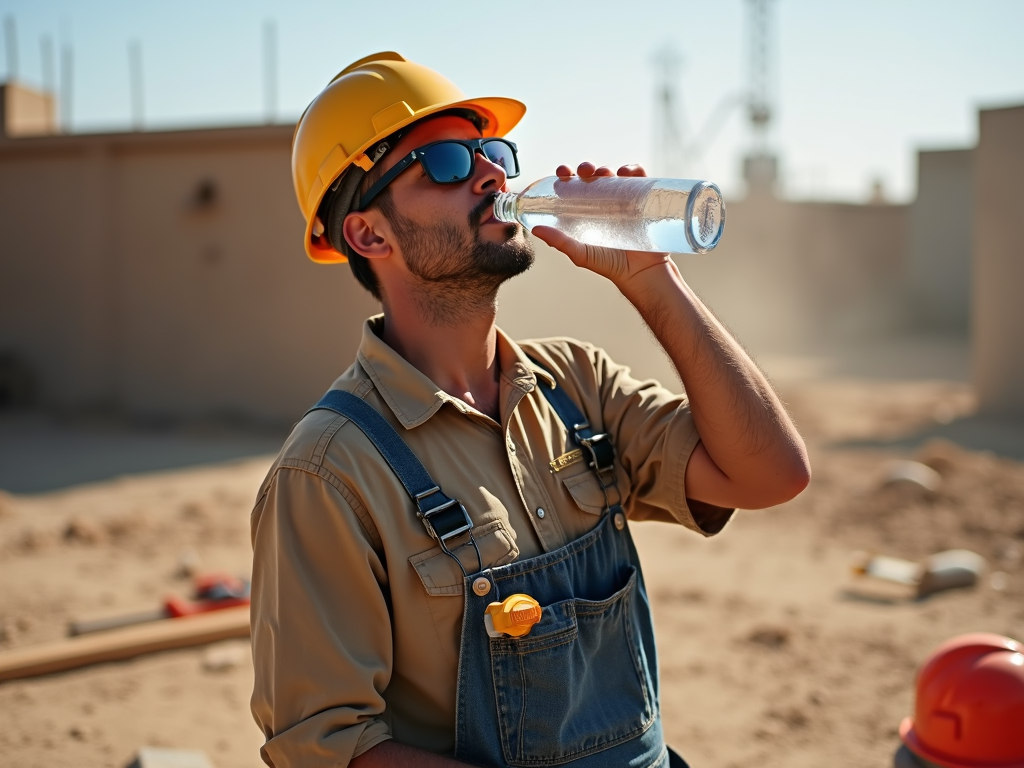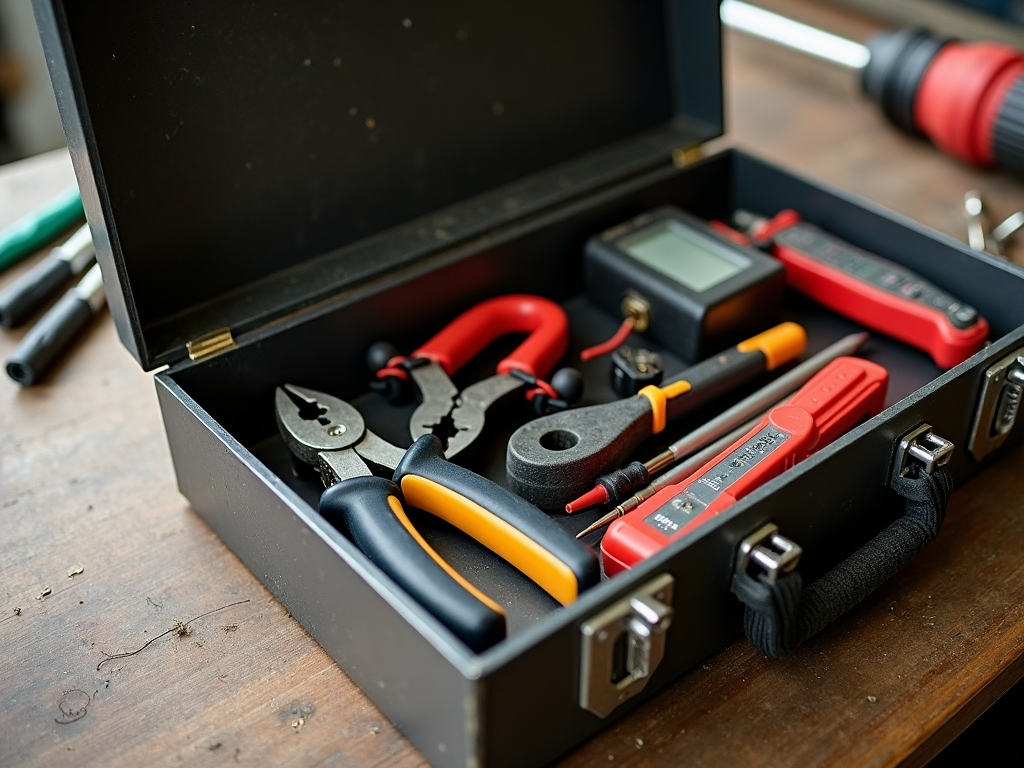This guide will help you choose the right power washer for your needs, covering types, features, and tips for safe and effective use.
Types of Power Washers
When it comes to power washers, there are two main types: electric and gas-powered. Electric power washers are great for smaller jobs like cleaning patio furniture or cars. They're lighter, quieter, and easier to maintain. Gas-powered washers, on the other hand, are more powerful and better suited for larger areas or tougher jobs like cleaning driveways or decks.

Features to Consider
When choosing a power washer, there are several features to keep in mind. First is the pressure, measured in PSI (pounds per square inch). Higher PSI means more cleaning power, but it can also damage delicate surfaces. For most home uses, a washer with 1500-2000 PSI is sufficient.
Another important feature is the flow rate, measured in GPM (gallons per minute). A higher flow rate means you can clean larger areas more quickly. Look for a washer with at least 1.5 GPM for efficient cleaning.
Nozzles are also crucial. Most power washers come with interchangeable nozzles that provide different spray patterns. A 0-degree nozzle gives a concentrated stream for tough stains, while a 40-degree nozzle is better for general cleaning.
Finally, consider the hose length. A longer hose gives you more reach, which is especially useful for cleaning second-story exteriors or large driveways.
Safety Gear Essentials
Using a power washer can be hazardous if you're not careful. Always wear safety goggles to protect your eyes from flying debris, and gloves to keep your hands safe. Sturdy, non-slip footwear is also a must to prevent accidents on wet surfaces.
Here are some safety tips to keep in mind: - Never point the power washer at people, pets, or plants. - Be cautious with electrical cords if you're using an electric model. - Always start with the lowest pressure setting and gradually increase as needed.

Effective Cleaning Tips
To get the most out of your power washer, follow these tips: 1. Choose the right nozzle: For general cleaning, use a 25-degree or 40-degree nozzle. For tough stains, switch to a 0-degree or 15-degree nozzle. 2. Maintain the right distance: Hold the nozzle about 12-18 inches from the surface you're cleaning. Getting too close can damage the surface. 3. Use a sweeping motion: Move the nozzle in a steady, sweeping motion to avoid streaks. 4. Test on a small area: Before cleaning a large surface, test the washer on a small, inconspicuous area to ensure it doesn't cause damage.

Maintenance Tips
Taking care of your power washer will ensure it lasts for years. Here are some maintenance tips: - Flush the system: After each use, run clean water through the washer to remove any detergent or debris. - Check for leaks: Inspect the hoses and connections regularly for any signs of wear or leaks. - Store properly: Keep your power washer in a dry, sheltered place to prevent rust and damage.
Summary
Choosing the right power washer involves understanding your needs, considering the features, and prioritizing safety. By following the tips in this guide, you'll be well-equipped to select and use a power washer effectively.
Related How to Choose the Right Power Washer for Your Needs:
- How to Clean Your Deck with a Power Washer: A Step-by-Step Guide
- Essential Electrical Tools for Troubleshooting and Repair: A Comprehensive Guide
- The Future of Industrial Automation: How AI and Advanced Tools Are Shaping Tomorrow's Factories
- Mastering Rotary Tools for Artistic Creations: From Sanding to Polishing and Beyond
- Revolutionizing Painting: Innovative Tools for Efficiency and Creativity
- Toolbox Maintenance: A DIY Guide
- Choosing the Right Wood: Essentials for Woodworkers
- How 3D Scanning is Transforming Construction Planning
- Precision with Bosch: Elevate Your Workshop
- The Benefits of Using Paint Sprayers: A Must-Have Tool for Every Painter
- Healthy Habits for Hard-Working Tradespeople: Staying Fit, Safe, and Comfortable on the Job
- Essential Workman Tools for Electrical Work: Your Ultimate Guide



